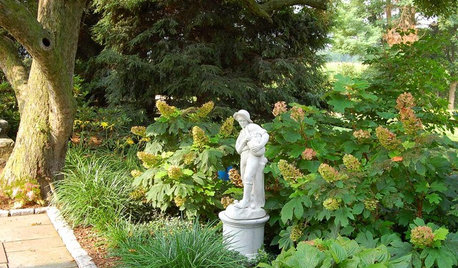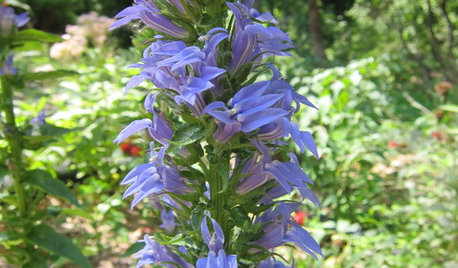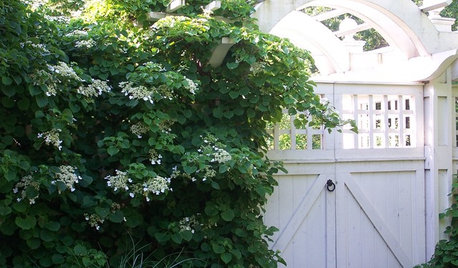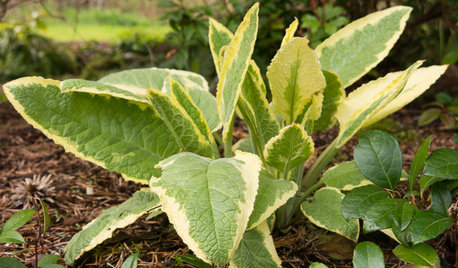Newly Planted Hydrangeas Wilting
kitkatt7777
13 years ago
Featured Answer
Sort by:Oldest
Comments (19)
morz8 - Washington Coast
13 years agolast modified: 9 years agokitkatt7777
13 years agolast modified: 9 years agoRelated Professionals
New Mexico Landscape Architects & Landscape Designers · Elgin Landscape Contractors · Waterbury Landscape Contractors · Boca Raton Landscape Contractors · Dudley Landscape Contractors · Elkridge Landscape Contractors · Hoover Landscape Contractors · Lewisville Landscape Contractors · Mason Landscape Contractors · Middle River Landscape Contractors · Reedley Landscape Contractors · Beaumont Siding & Exteriors · Bonita Siding & Exteriors · Cedar Rapids Siding & Exteriors · Fairfax Siding & Exteriorsostrich
13 years agolast modified: 9 years agohydrangeasnohio
13 years agolast modified: 9 years agoluis_pr
13 years agolast modified: 9 years agojean001
13 years agolast modified: 9 years agokitkatt7777
13 years agolast modified: 9 years agoAshley Kentfield
6 years agoOctober_Gardens
6 years agogardengal48 (PNW Z8/9)
6 years agoNHBabs z4b-5a NH
6 years agomary_suma
5 years agogardenchloe
5 years agomary_suma
5 years agotikva5
5 years agoluis_pr
5 years agoKirsten Hunsaker
5 years agoluis_pr
5 years agolast modified: 5 years ago
Related Stories

GARDENING GUIDESGreat Design Plant: Oakleaf Hydrangea
Consider this full, flowering shrub for year-round beauty in the garden as you plan your fall plantings
Full Story
GARDENING GUIDESCalifornia Gardener's June Checklist
Update your hydrangeas, catch up on tomatoes and more ways to enjoy your California garden in June
Full Story
GARDENING GUIDESGreat Design Plant: Lobelia Siphilitica Keeps Its Cool
Great blue lobelia, a flowering native that prefers moist soil, adds a calming blue hue to the late-summer garden
Full Story
LANDSCAPE DESIGNThe 7 Best Plant Types for Creating Privacy and How to Use Them
Follow these tips for using different kinds of plants as living privacy screens
Full Story
FALL GARDENING6 Deer-Resistant Flowering Vines to Plant This Fall
Have a major deer problem? Here are some of the only vines that have a chance of not being eaten
Full Story
FALL GARDENINGWhy Fall Is the Best Time for Planting
Spring is overrated for planting. Starting plants in autumn has advantages for both garden and gardener
Full Story
GARDENING GUIDES10 Deer-Resistant Native Flowers to Plant This Fall
Learn about natives that embrace some kinds of wildlife but resist grazing deer
Full Story
GARDENING GUIDESGreat Design Plant: Axminster Gold Comfrey for Sun or Shade
Plant this perennial for bold color that will light up shady spots, sparkle in the sun and add interest from spring until fall
Full Story
GARDENING GUIDESMake Sure You Read This Before Buying New Plants
Follow these 10 plant-selection tips to avoid buyer’s remorse
Full Story
GARDENING FOR BUTTERFLIESGreat Design Plant: Ceanothus
Try these springtime stars for a bolt of blue, especially where you've got a dry spot in the garden
Full Story





mintcar123